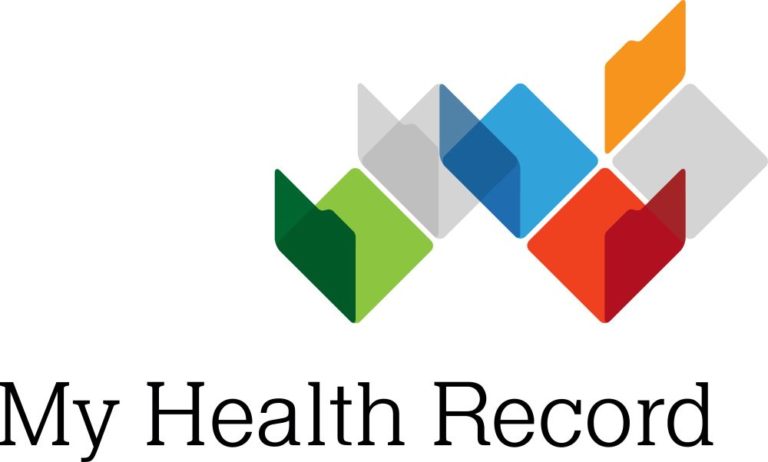[vc_row][vc_column][vc_column_text]As Sydney Morning Herald reporter, Esther Han said earlier this week “it appears the federal government’s private health insurance reforms – including cutting the cost of devices on the prostheses list and allowing insurers to offer discounts to young adults – have done little to stem the flow of members heading to the exits.”
CEO of the Medical Technology Association of Australia (MTAA), Ian Burgess, said under MTAA’s Agreement with the Government to reform the Prostheses List, the MedTech industry is incurring revenue cuts of $1.1 billion which goes directly to the private health insurance companies to improve the affordability of private health insurance.
“APRA quarterly figures show that private health insurance benefits paid for prostheses decreased by 13%, saving the private health insurance industry $72 million in the March quarter alone.
“We’re the major reason this year’s average private health insurance premium increase was the lowest in 17 years,”
“MTAA strongly supports the need for a healthy and viable private health insurance sector in Australia, however private insurance needs to provide consumers value and that value needs to be better communicated. This value currently includes the choice of medical technology that a patient’s treating doctor considers to be the most clinically appropriate, generally with no gap payment applying to that technology,” Mr Burgess said.
The latest APRA data shows that in the 12 months ending March 2018, private health insurers increased premium revenue by 4% and retained more of that revenue, with total benefit payments increasing by just 3%. As a result, gross margin increased from 13.6% to 14.41% and profit before tax increased by 3.9% to $1.8 billion.
Private health insurers have managed to consistently increase margins and profit levels, compared to three years ago profit before tax has increased by 20%.
Referring to Roy Morgan research that in the year to March 2018, an estimated 256,000 people decided not to renew their private health insurance, Norman Morris, Industry Communications Director, Roy Morgan said “there is major doubt among many members regarding the current value to them of retaining their private health insurance. It is up to the health funds to communicate the value of having private health insurance”.
“Our research on member satisfaction with private health funds has shown major differences in satisfaction across funds and as a result the poorer performers could learn from the top ones and so improve their chances of member retention,” Mr Morris said.
While the latest APRA data for the year to March shows a decline of 36,742 in the number of people with hospital insurance and an increase of 52,977 in those with general insurance (extras), these represent net movements (exits and new). The Roy Morgan data represents an exit rate in the order of 1.9%, which is broadly in line with industry modelling published by the Department of Health.
The APRA figures show the number of people with hospital cover as a proportion of the population is continuing to decline – down another 0.1 per cent in just three months to 45.5%.
Private Healthcare Australia CEO Dr Rachel David said: “In fact more Australians than ever currently hold PHI. What people say they might do and what they actually do can be quite different and our research has repeatedly shown than 80% of people with PHI value it and want to keep it.
“Of course, members are concerned about rising premiums and out-of-pocket medical costs but they also understand that premiums are rising because the funds are paying for more healthcare,” said Dr David.
“We are working with the government and stakeholders to improve affordability by addressing issues such as cost-shifting from the public sector, low-value and wasteful care, fraud and compliance issues with the MBS”, Dr David said .
Meanwhile the Australian Private Hospital Association (APHA) pointed out the statistics released this week showed a 4% increase in privately insured patients treated in public hospitals this quarter.
CEO of APHA Michael Roff said this means more than 800,000 public hospital episodes of care were funded through private health insurance in the past 12 months, resulting in health insurers unnecessarily paying out $1.1 billion to public hospitals and forcing premiums up.
The increase of private patients in public hospitals is costing the private health system $1 billion, further evidence of real “fat in the system”.
“It means more people without the ability to pay for private health care will be left waiting for their surgery. We know that public hospitals let private patients jump the queue, with public patients waiting twice as long for treatment compared to insured patients. So the more private patients they treat, the longer public patients have to wait,” Mr Roff said.
Earlier in the week PulseLine was present when Shadow Minister Catherine King MP delivered her Post-Budget Briefing speech at the Australian Institute of Policy Studies to a full room in Sydney. She made it clear that for Labor the priorities are threefold – Medicare, public hospitals and private health insurance.
Labor has already announced our policy to task the Productivity Commission with an inquiry into the private health system, and to cap premium increases at 2% for two years.
“This policy was driven by two messages that we heard over and over in recent years.
“The first was from consumers, who told us that private health insurance premiums have become unaffordable. And they’re right – premiums have increased by 27 per cent since 2014 – costing families an average $1,000 more. Health insurance is now a leading cost-of-living concern – right up there with energy bills. Hospital cover has dropped to its lowest level since 2011. This is a worrying portent for the future viability of this industry. But private health insurance is still a product that Australians want – and rightly so.
“The second message we heard loud and clear was from the private health insurance industry itself. It told us that governments and regulators needed to step in urgently to turn the tide. We agree. And so while Labor’s policy prescription is different than the insurers’, we have the same aim: to maintain private health insurance coverage and the unique balance between our public and private systems, said Ms King.
Ms King pointed out that it has been 20 years since the Productivity Commission has reviewed the private health system in and despite recent reviews, reforms and Senate inquiries it has barely scratched the surface of the complex private health system.
The APRA publications provide industry aggregate summaries of key financial and membership statistics for the private health insurance industry. Key performance statistics for the private health insurance industry in the year ended 31 March 2018:[/vc_column_text][/vc_column][/vc_row][vc_row][vc_column][vc_single_image image=”1989″ img_size=”full”][vc_column_text]Reform in healthcare is clearly a hot issue and will continue to be as we hurtle towards the next Federal election.[/vc_column_text][/vc_column][/vc_row]




